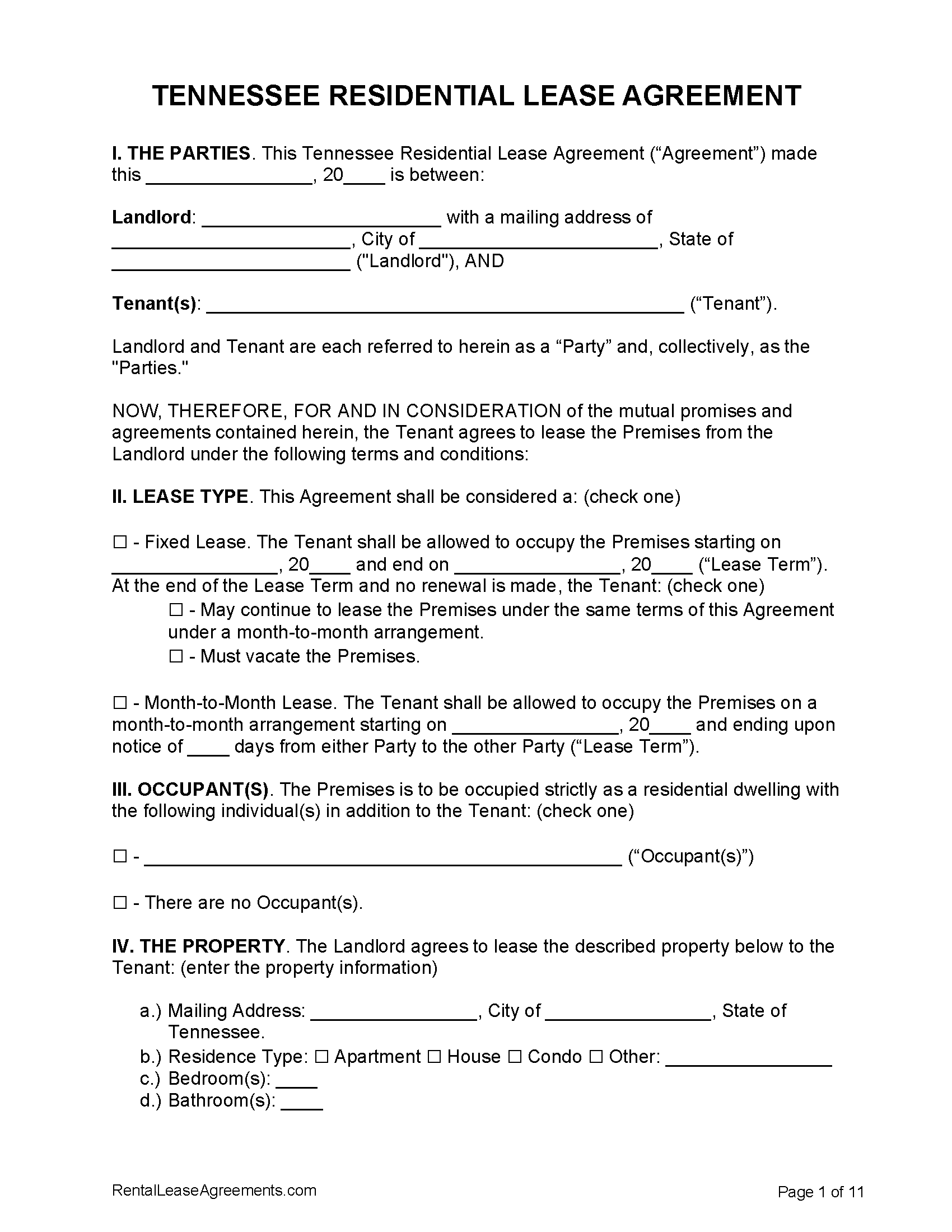Table of Content
Unfortunately, not all public records can be categorized clearly, and not all are easily legible. At the beginning of the 19th century especially, some rabbis were only partially literate in German. Some dates are given in Gregorian form, others are written in Hebrew letters, and some appear as the name of the Torah portion recited on the Sabbath following the event recorded. Cleared payment cleared payment - opens in a new window or tab.
Etsy’s 100% renewable electricity commitment includes the electricity used by the data centres that host Etsy.com, the Sell on Etsy app, and the Etsy app, as well as the electricity that powers Etsy’s global offices and employees working remotely from home in the US. Public collections can be seen by the public, including other shoppers, and may show up in recommendations and other places.
Ralph Lauren Polo Bear Pillowcase Yellow Stripe Lot of 2 Vintage Standard Size
Matrikel were organized by households or houses and initially enumerated the head of the household by name and indicated the number of dependents by Later, all members of a family unit were listed with name, birth dates, and their relationship to the head of the household. These lists show the old, patronymic name in one column and the new civil name in the second column. Name adoption lists from Baden were collected by the genealogist and historian Berthold Rosenthal and now are housed at the Leo Baeck Institute in New York. Name adoption lists are being transcribed by Wolfgang Fritsche and are available on the Internet at www.a-h-b.de/ AHB/links_e.htm.
Mostly, however, the column categories and their order are somewhat idiosyncratic, reflecting local customs and the record keepers’ preferences. Family and given names of the principal person and the actual date of the event always appear, but not necessarily in a consistent order. The recording of some specific information was prescribed by the authorities. Separate ledger style record books extending over many years were kept by type of event. In contrast to records in journal style, many jurisdictions preferred or prescribed that civil records be kept in ledger style.
About Ralph Bloch
Some of the technologies we use are necessary for critical functions like security and site integrity, account authentication, security and privacy preferences, internal site usage and maintenance data, and to make the site work correctly for browsing and transactions. Interest will be charged to your account from the purchase date if the balance is not paid in full within 6 months. Will usually ship within 1 business day of receiving cleared payment.
Despite the many variations in type, structure, and appearance of Jewish civil records in southern Germany, they also share many common features. Civil records from Pforzheim to Pfersee, in fact from Bremen to Bukowina, are both very similar and also quite different. Throughout the Middle Ages, European Jews enjoyed almost autonomous family law, set by Jewish tradition rather than the state. One paragraph is devoted to each individual specific vital event.
Vintage Rare Ralph Lauren Black Croc Embossed Luxurious Leather Tote Satchel Handbag
Learning to read Gothic Current script takes a few days practice using easily available aids, but is well worth the effort. Nineteenth-century civil records for the Jews in Southern Germany are an invaluable source of information for the serious Jewish genealogist. Estimated delivery dates - opens in a new window or tab include seller's handling time, origin ZIP Code, destination ZIP Code and time of acceptance and will depend on shipping service selected and receipt of cleared payment. Delivery times may vary, especially during peak periods. Fischach, Bavaria, is one example, where a family book was kept until 1942.
At different times, the same person may have been recorded either as Levi or as Levy. The same is true of Cohn, Cohen, and Kahn; Schnaddicher and Schnaittacher, and Buttenwieser and Buddewiser are used interchangeably. In the second half of the 19th century, the desire for assimilation led some German Jews to change their given names from biblical or other, typically Jewish names to names they regarded as more elegant alternatives. Sometimes the old and new names alliterated, but often they did not.
Lauren Dresses, A Division Of Ralph Lauren Corporation
These laws applied initially not only to Austria proper but also to Bavaria, Bohemia, Galicia, Moravia, and other parts of the Hapsburg Empire. The laws and regulations prescribed a tabular form for the civil records. Under the Josephine laws, Jewish girls could marry only if they had completed grade school.13 Although this law may have been intended as a hurdle to marriage in order to limit the growth of the Jewish population, it had an unexpected consequence. As we know today, the health and economic achievements of families depend to a great extent on the literacy of the mothers.
Figure 3, shown on the next page, is an example of a ledger record. Most Jewish genealogists researching their European ancestry eventually confront 19th-century civil records, but the variety of types and forms of such documents may be confusing. In addition, Jewish civil records vary somewhat from those of their Gentile neighbors. To make sense of the content of Jewish civil records, researchers need to understand the structure, history, legal basis, and fate of the records. This article focuses on Jewish records from Bavaria and Wuerttemberg, but much of its content applies also to other areas in Germany and Austria.
Perhaps Emperor Joseph II should be thanked for some of the growth of the Jewish population, and the economic and academic success of 19th-century European Jewry. Extant Jewish civil records typically cover the period 1780 to 1876. After 1876, civil records were no longer kept separately by religion but became the responsibility of the state authorities. Depending on the jurisdiction, some headings were compulsory, while others were optional. With some exceptions, Jewish records tend to follow the outline generally prescribed for the Gentile records.
The earliest civil records for Jews of southern Germany appear towards the end of the 18th century. Prior to this time, only tax records, property lists, and court records documented the presence of individual Jews. Jewish family books exist for the first half of the 19th century. Separate Jewish civil records were kept up to about 1876.
Birth, marriage, and death registers generally followed the same style within a given community or region. Typically, registers were maintained by the rabbi in those communities that could afford one. In the absence of a resident rabbi, a Jewish parochial school teacher or a community leader was responsible for keeping the register. Shop Polo Ralph Lauren Factory Stores for exceptional values on Polo Ralph Lauren apparel and accessories for men and women, as well as children's wear and home accessories.

Although the Stuttgart archive attributes this record to Sulzburg , the entries do not correspond to the civil register copy maintained by the Sulzburg pastor. The companies listed above have not approved or sponsored Panjiva's provision of any of the information in these search results. These results are derived from various public and private data sources. These results have not been confirmed by Panjiva and are provided on an "AS IS" basis, as further described in Panjiva's Terms and Conditions of Use and Panjiva's Transparency Policy. Your use of the information provided in these results is subject in all respects to those Terms and Conditions of Use.
In addition to the original registers kept by the rabbis, a second copy, kept by the local pastor of the dominant local church, commonly existed. These were copied, usually once a year, from the rabbi’s original. Many of the second copies kept by pastors still exist. Frequently, the clergy possessed superior penmanship, at least during the first half of the century. Sometimes a pastor would alter a Jewish-sounding given name to a more German form in his copy. When issued, certificates usually were additional to register entries.
Prior to about 1830, records were written with quill pens. While they had a somewhat idiosyncratic ink flow, quills made it easy to identify the direction of the stroke. Pointed steel nibs from England were introduced in 1830, which accentuated the spiky nature of the Gothic Current. In 1907, the broadheaded nib was invented, again giving the script a more prominent stroke direction. Over the years, Gothic script evolved somewhat differently in different regions. Consequently, depending on the region and the scribe, the same character may appear totally different.























